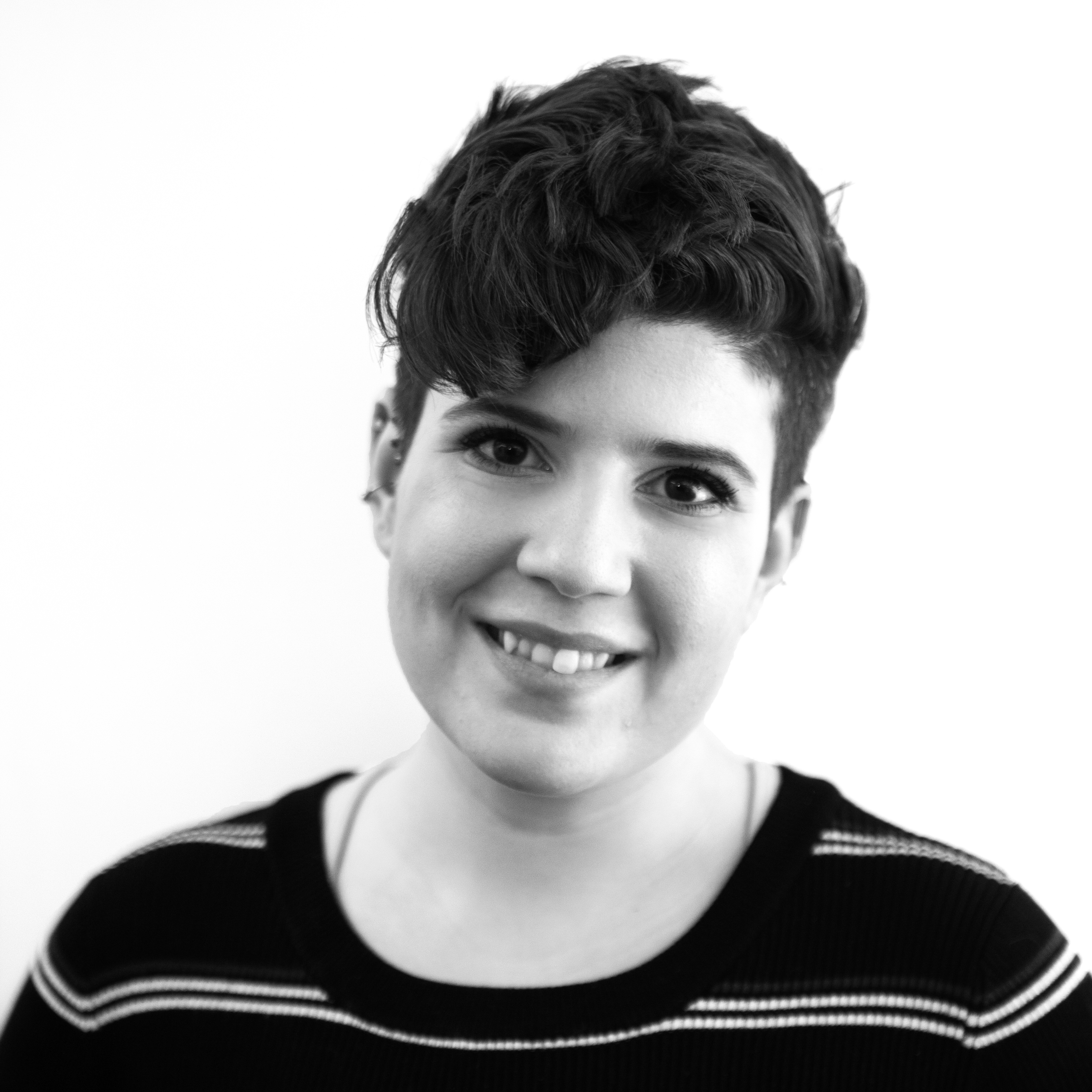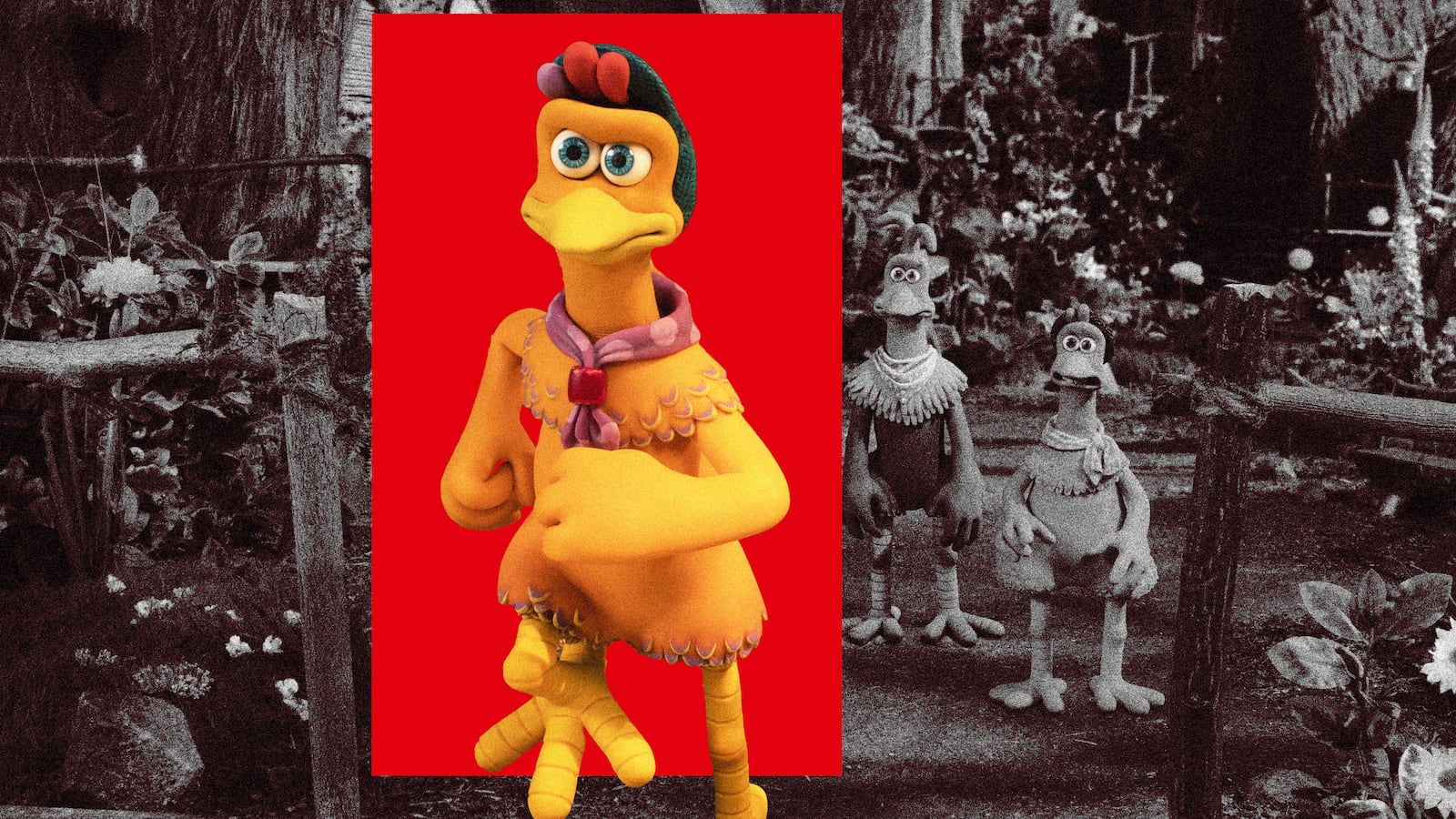Where were you when you first realized that Chicken Run was an allegory for the evils of capitalism?
The 2000 masterpiece from Aardman Animation might be a prison-break parody heavily inspired by John Sturges’ The Great Escape, but real fans know that Ginger and her fellow rabble-rousing hens also flocked into cinemas with a mission all their own—to teach children about the power of the collective over the myth of the rugged individual. That subtext borders so closely on becoming actual text that there’s at least one entire Reddit thread dedicated to whether or not calling the film a Marxist allegory qualifies as a fan theory or simple analysis.
On that note, longtime Chicken Run devotees will be pleased to know that, although Netflix’s newly streaming sequel, Chicken Run: Dawn of the Nugget, doesn’t quite live up to the mind-bending brilliance of the original (honestly, how could it?), the franchise’s revolutionary spirit remains intact.
In the first film, Ginger (Julia Sawalha) and her fellow egg-layers realized that they could make their own way together outside of the farm, where they were subject to constant inspections and had no control over their lives before they inevitably became dinner. With help from Rocky the Rhode Island Red (Mel Gibson), a “flying” rooster, the chickens decide to launch themselves beyond the walls that confined them both physically and mentally.
The sequel takes place one generation later, right after Ginger and Rocky welcome their first chick, Molly. (Thandiwe Newton and Zachary Levi now play Ginger and Rocky, while Bella Ramsey plays their daughter.) After breaking free from the farm that exploited them for their eggs in the original, our chicken friends are now living in their very own island utopia. Unfortunately, the scourge of humanity is never far away, and now, it seems humans are pressing in with new construction. Molly, who grew up safe and sheltered, has never seen a human before—and because she has no idea what they’re capable of, all she wants is to break free from her mother’s walled garden.
Tantalized by her dad’s self-mythologized “lone ranger” era, Molly does the inevitable and wanders off—and although she makes a new friend named Frizzle (Josie Sedgwick-Davies), the two soon find themselves kidnapped by a terrifying factory farm. This is where the original story gets a big update.

This is not your average factory farm, where chickens sit in two-square-inch mesh cages and wait out the clock as it tick-“bock”s toward their final hour. In fact, the place looks so tantalizing that Molly and Frizzle mistake it for an amusement park at first. But much like the happy surroundings in Dawn of the Nugget’s fellow anti-capitalist Netflix text Squid Game, the cheerful blue skies and playground aesthetic belie a far bloodier mission: The powers that be have simply discovered that serene chickens make for tastier meat.
Molly and Frizzle are soon horrified to realize that everyone around them seems to be in some kind of trance, tagged with electric collars and dead in the eyes as they smile and fall over each other, all the while insisting on their own elation. (If this thing weren’t streaming on Netflix, I’d swear it was a metaphor for the way that entertainment “content” lulls people into a false sense of satisfaction with the hellscape around them—but perhaps that’s stretching things a wingspan too far.) It’s up to Ginger and Rocky to once again defeat their human oppressors and save their daughter from getting battered and fried.
In the original Chicken Run, Mrs. Tweedy (Miranda Richardson) underestimates the chickens, insisting that they’re too dumb to seize the means of production—no matter how many times her husband tries to tell her otherwise. “They’re chickens, you dolt!” she screams. “Apart from you, they’re the most stupid creatures on this planet. They don’t plot, they don’t scheme, and they are not organized!” This time around, however, no one is making that mistake; those electric collars are as effective as union-busting tactics come.

Just like in the first film, however, the chickens are devoted to one another’s liberation. Ginger insists in the beginning that their brood must remain isolated from the outside world—an understandable trauma response, given her experiences in the first film. But after the group successfully rescues Molly, she, in turn, insists that they must return to save the others. In other words, the young chicken understands that all of the birds’ liberation is inherently intertwined; as Ginger puts it once she sees the light, “No chicken is an island.”
Is this sequel’s story essentially a rehash of the original, with new visuals? Kind of—but if this sequel-reboot-whatever manages to radicalize a whole new generation of kids, it’ll have done its job just fine.






